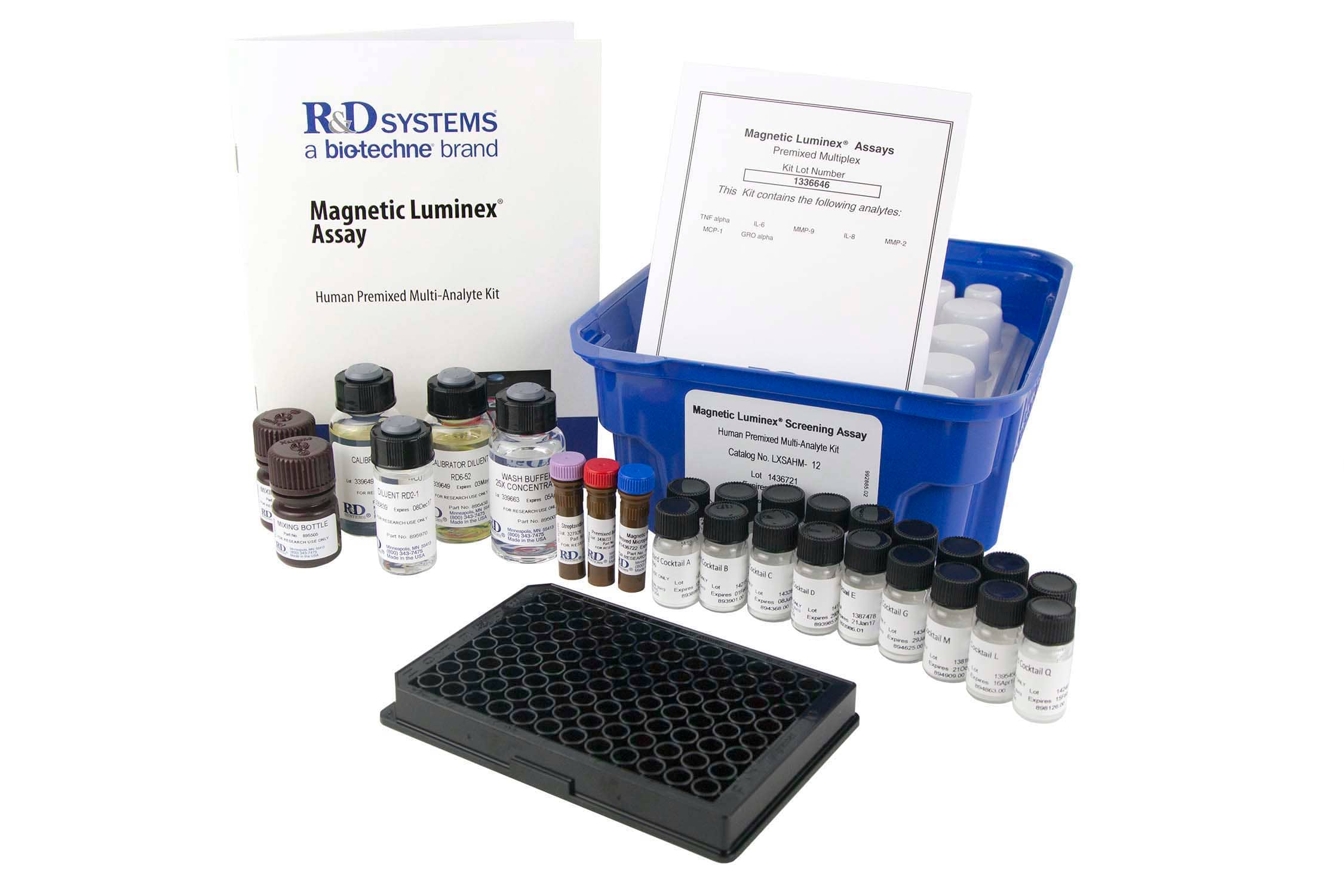Products Related to selectin
"selectin" has 16 results in Resources.
Selectins
Research AreasThe Selectin family is comprised of three members, E-Selectin, L-Selectin, and P-Selectin. E-Selectin [endothelial leukocyte adhesion molecule-1 (ELAM-1), CD62E] is transiently expressed on vascular endothelial cells in response to IL-1 beta and TNF-alpha. The human and rat proteins share approximately 67% amino acid sequence identity. The mouse and rat proteins share approximately 78% amino acid...
More InfoAdhesion Molecules II
ArticleFirst printed in R&D Systems' 2001 Catalog. Contents Introduction Ig superfamily CAMs Integrins Cadherins Selectins References Introduction Cell surface adhesion molecules play vital roles in numerous cellular processes. Some of these include: cell growth, differentiation, embryogenesis, immune cell transmigration and response, and cancer metastasis. Adhesion molecules are also...
More InfoCarbohydrates and Binding Proteins
Research AreasThe functionality of any molecule relies on its ability to interact with surrounding molecules. Carbohydrates play critical roles in many of these interactions and have influence on cell recognition, signaling, proliferation, and migration. Lectins are a class of proteins that recognize and bind to various monosaccharide epitopes. Our collection of lectin products includes those designed to study...
More InfoAutophagy
Research AreasAutophagy is the biological process in which endogenous proteins and damaged organelles are degraded by cellular self-digestion. R&D Systems offers quality products for the study of several autophagy-related proteins. ATG4A and ATG4B (Autophagy related protein 4 homolog A/B; also Autophagin 2) are 50 kDa cytosolic cysteine proteases mostly found in skeletal muscle and brain. Beclin1 (Bcl-2...
More InfoLectins
Research AreasCarbohydrate-binding proteins (lectins) have roles to play in many important processes such as self/non-self recognition, endocytosis, routing and chaperoning of molecules within the cell, and trafficking of cells within the body. C-type lectins, including CL-P1, the monocyte mannose receptor (MMR), mannose binding lectin (MBL), ficolins, and others are active in pathogen recognition. Dendritic...
More InfoT Cell Migration/Adhesion
Research AreasThe ability of T cells to migrate and adhere is critical for an effective immune response. Migration is induced in response to chemoattractant gradients provided by the secretion of chemokines. The migration of T cells along the inflamed vascular endothelium involves the processes of tethering and rolling, which are mediated by selectins and mucins. Their actions cause T cells to slow the pace...
More InfoMultiple Sclerosis: Immune Cell Access to the Central Nervous System
ArticleFirst Published in R&D Systems' 2006 Catalog Contents Multiple Sclerosis Etiology Pathology Blood-Brain Barrier Adhesion Molecules Tight Junctions Selectins Ig Superfamily Cell Adhesion Molecules ICAM-1 VCAM-1 PECAM-1 Integrins alphaLbeta2/LFA-1 alpha4beta1/VLA-4 Chemokines Chemokine Receptors Matrix Metalloproteinases MMP-9 Conclusion Multiple sclerosis...
More InfoOther Carbohydrate-binding Proteins
Research AreasR&D Systems offers products for additional carbohydrate-binding proteins that are not members of the C-type lectin, galectin, Ig-type lectin, selectin, or hyaluronan families. These products include intelectin-1 and -2, and pentraxins (PTX) 2 and 3. Intelectin-1 is a 40 kDa Ca2+-dependent galactofuranose-binding lectin that is not a C-type lectin. It is expressed on multiple cell types and...
More InfoAdhesion Molecules I
ArticleFirst printed in R&D Systems' 1996 Catalog. Introduction Cell adhesion molecules (CAMs) are cell surface proteins involved in the binding of cells, usually leukocytes, to each other, to endothelial cells, or to extracellular matrix. Specific signals produced in response to wounding and infection control the expression and activation of certain of these adhesion molecules. The interactions...
More InfoA novel role for the nervous system in HSPS mobilization
ArticleHematopoietic stem and progenitor cell (HSPC) transplantation is a vital tool in the treatment of hematopoietic and other malignancies. HSPC reside in the bone marrow (BM), and can be isolated directly from BM or from peripheral blood after a process termed mobilization: molecular cues are used to coax the HSPC out of their niche and into the circulation. A number of factors are known to induce...
More Info